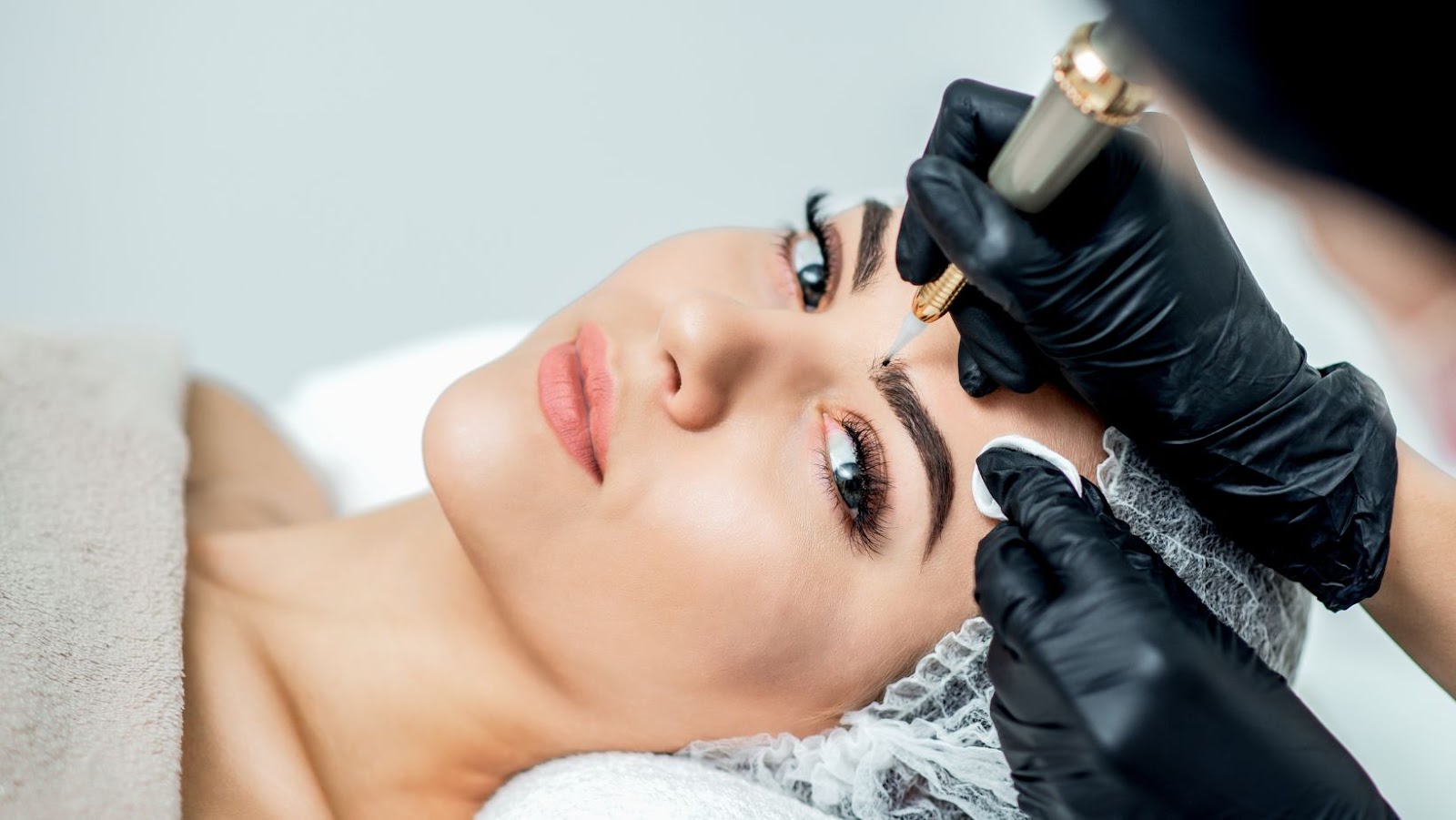Thinking About Getting Permanent Makeup? Here’s What You Should Know
Many women will agree that as much as we love makeup, it can seriously delay our mornings when we’re rushing to start our days. While doing your makeup can be a fun, creative process, most women don’t have the luxury of time every day and, frankly, would happily trade doing makeup for a bit of extra sleep if we could wake up with our faces looking on point and that’s where permanent makeup comes in!
Permanent makeup has been growing in popularity because of its convenience, and if it’s something you’ve been thinking about doing, it’s essential to be well-informed. After all, having something permanently done to your face requires much thought!
What is Permanent Makeup?

Permanent makeup is a cosmetic procedure also known as cosmetic tattooing. It allows you to enhance your features by adding pigment to your lips, cheeks, eyebrows, eye lines, and lash lines, and it can create the illusion of fuller lips and brows. Some people also have cosmetic tattooing done to cover up scars and traditional tattoos.
There are many styles and shades you can choose from. Some people prefer a natural, subtle look that they feel is suitable for an everyday look, while others go for a bolder, more dramatic look.
Whatever you choose, remember that permanent makeup will last for a few years, so you must take your time to decide what you want.
Permanent makeup will fade after a few years, so you will need to have it touched up if you want to maintain the look. Everyone is different and reacts differently. But generally, cosmetic tattooing on the eye line or lash line lasts about one to three years, a lip tattoo may last two to three years, and cosmetic tattooing on other parts of the skin, like the brows or cheeks, typically lasts about five years.
Types of Permanent Makeup
If you’re considering to save on makeup and get permanent makeup, it’s helpful to know about the different types to decide what’s best for you. Some common permanent makeup options include the following:
Microblading
If your eyebrows are sparse, thin, or lack definition, and you’re tired of spending ages filling them in with a pencil, you may be a good candidate for Microblading. Microblading is a type of cosmetic tattooing in which the therapist uses a tool to create tiny cuts in the skin and fill it in with pigment to resemble eyebrow hair.
The procedure can take two to three hours, depending on how sparse your eyebrows are. You would typically need to do touch-ups once or twice a year as the colour fades.
Lip Blushing

Also called permanent lipstick, lip blushing is excellent for people with pale lips who want to add some colour. It is also an option for people who have thin lips and want to create the illusion of full lips. The pigment is deposited onto the lips and lip line using tiny needles.
It usually takes a therapist about two to three hours to complete the treatment, and for best results, it’s a good idea to have a follow-up treatment about eight weeks after your first appointment.
To keep your lips looking good for as long as possible after the treatment, make sure you use a moisturizing lip balm with an SPF to keep your lips hydrated and protected from the sun.
Eyeliner
Permanent eyeliner enhances the eyes and can make them appear bigger and wider. Permanent eyeliner is created by placing pigment in the eye line or lash line. You can choose a subtle everyday look or go for a bolder look with a winged corner.
The procedure typically takes about an hour or two, and you will probably need to touch up after about a year.
If you wear contact lenses, it’s best not to wear them for at least forty-eight hours as your eye line needs time to heal.
Final Thoughts
Permanent makeup can be very convenient and will reduce the time you need to get ready every day. Still, you must think carefully and be sure it’s something you want as it will stay with you for a few years.
Remember to only book with a reputable, certified therapist. Get reviews and look at before and after pics of the therapist’s work before going for the procedure.